The company aims to launch New Glenn, a huge rocket with a reusable booster, on its first flight next year.
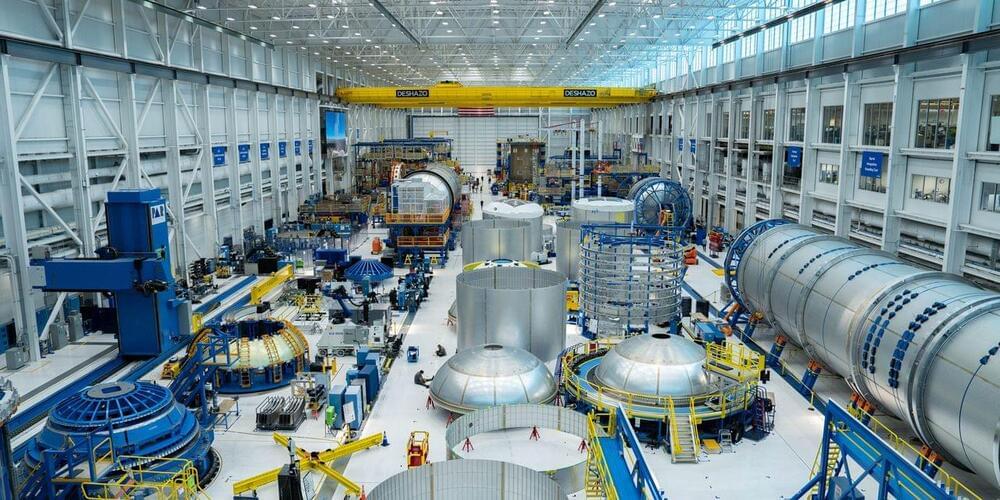

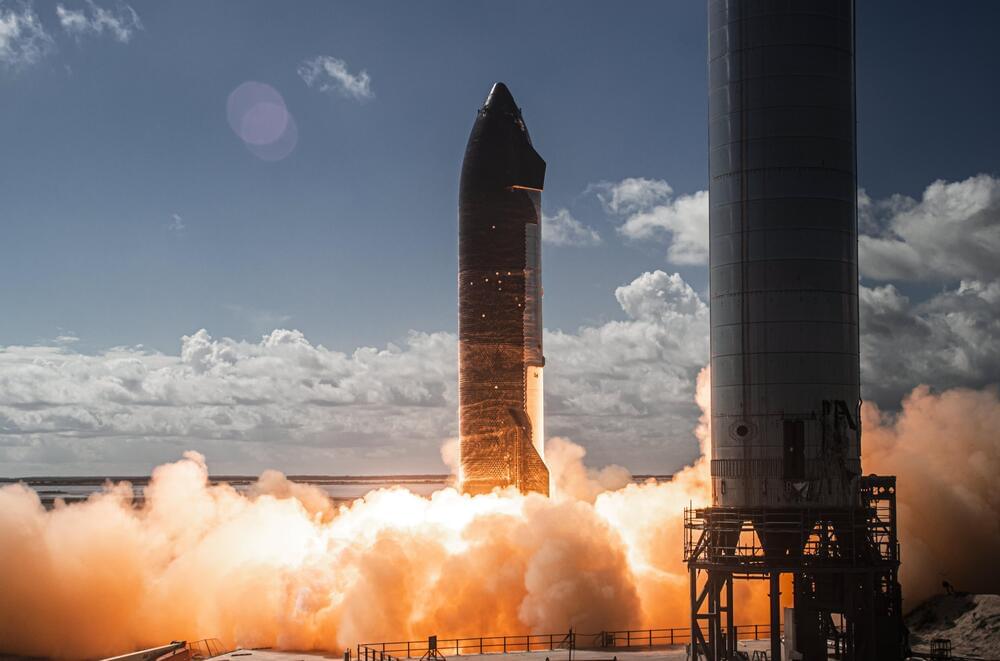
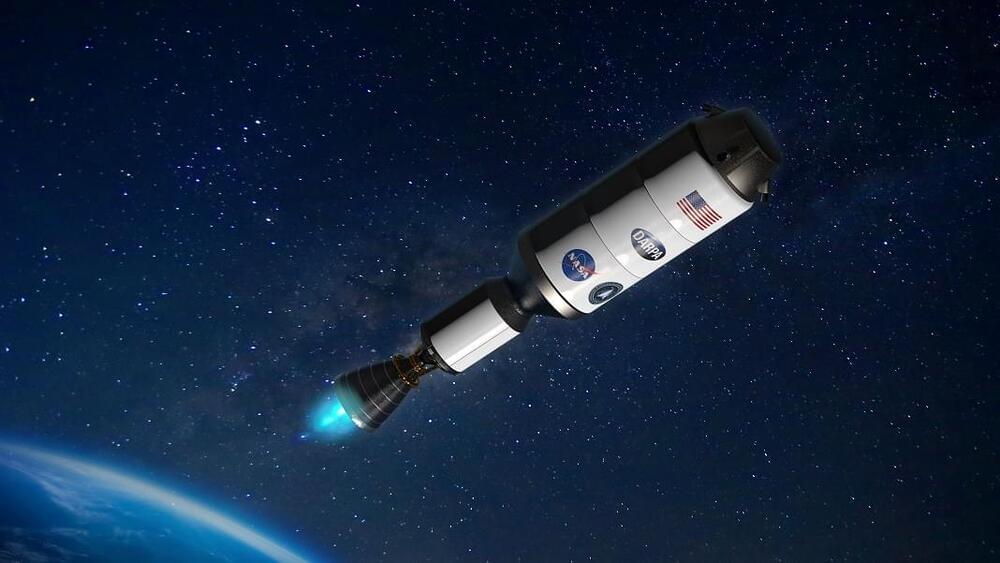
Deep space is a hostile environment for humans, which makes the long journey to Mars a serious stumbling block for manned missions. A nuclear-powered rocket could slash the journey time, and NASA has announced plans to test the technology by 2027 at the latest.
Most spacecraft to date have used chemical rockets packed with fuel and oxidizer, which rely on combustion to propel them through space. A nuclear-powered rocket would instead use a fission reactor to heat liquid hydrogen to very high temperatures and then blast it out the back of the spacecraft.
These kinds of engines could be up to three times more efficient than those in conventional rockets, and could cut the time to transit from Earth to Mars from roughly seven months to as little as six weeks. NASA has teamed up with DARPA to make the idea a reality, signing a deal with defense contractor Lockheed Martin to launch a working prototype into space as early as 2025.
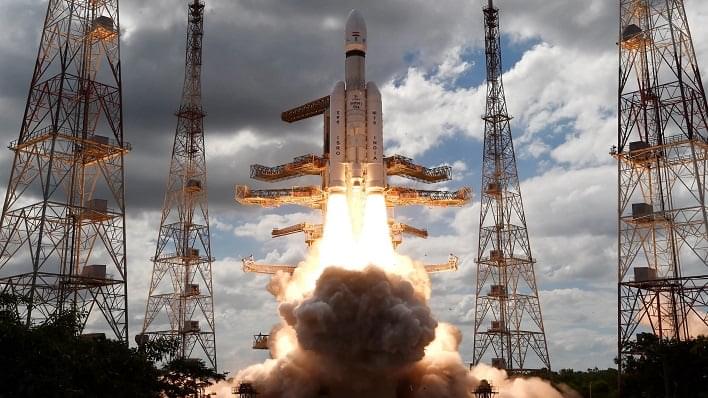
The Indian Space Research Organisation (ISRO) shared some spectacular images from its Chandrayann-3 mission, showcasing the monumental moment in India’s space history. This marks the country’s third lunar exploration mission which will also include a lunar landing of a rover.
Chandrayann-3 launched on July 14, 2023, from the Satish Dhawan Space Centre in Sriharikota, India, and is made up of a lunar lander, propulsion module, and a rover. If the Indian spacecraft is able to successfully land on the moon, it would make India only the fourth country to land a spacecraft on the surface of the moon, with the other three being the United States, Russia, and China. However, before the lunar landing is attempted, Chandrayann-3 has sent back some stunning images of the lunar surface.
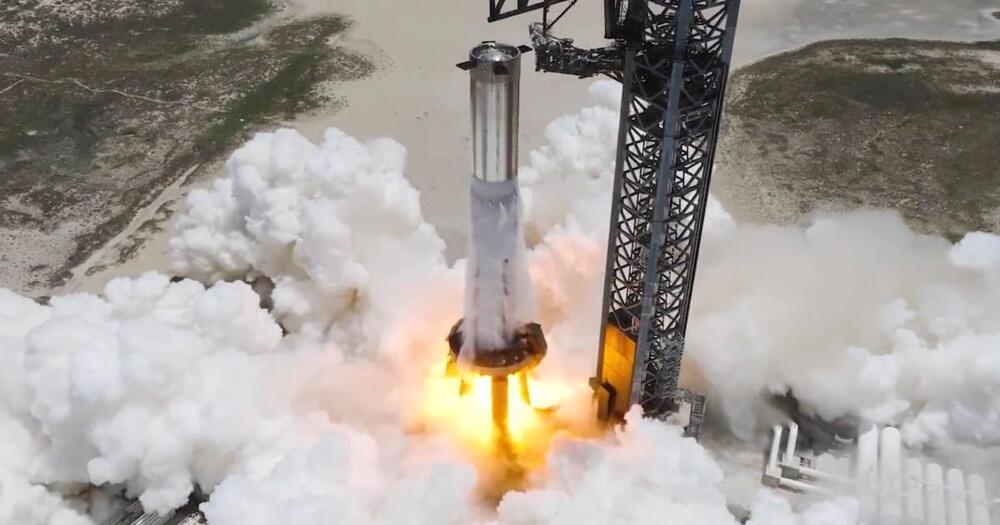
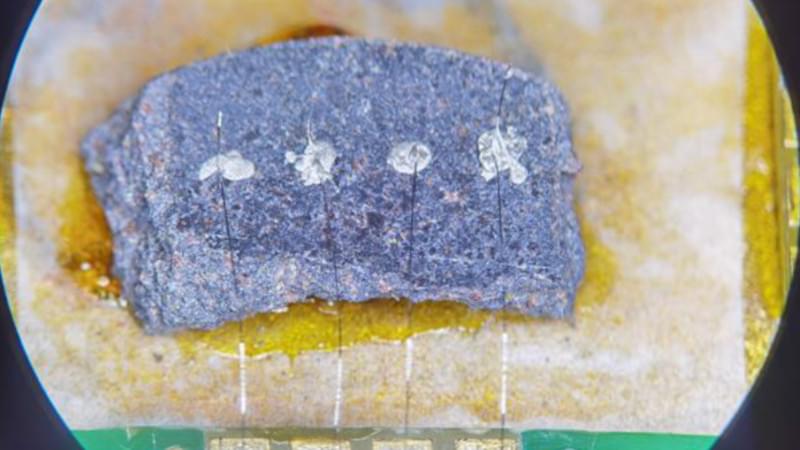
Every so often, along comes a story which, like [Fox Mulder] with his unexplained phenomena, we want to believe. EM drives and cold fusion for example would be the coolest of the cool if they worked, but sadly they crumbled when subjected to scientific inquiry outside the labs of their originators. The jury’s still out on the latest example, a claimed room-temperature superconductor, but it’s starting to seem that it might instead be a diamagnetic semiconductor.
We covered some of the story surrounding the announcement of LK-99 and subsequent reports of it levitating under magnetic fields, but today’s installment comes courtesy of a team from Beihang University in Beijing. They’ve published a paper in which they characterize their sample of LK-99, and sadly according to them it’s no superconductor.
Instead it’s a diamagnetic semiconductor, something that in itself probably bears some explanation. We’re guessing most readers will be familiar with semiconductors, but diamagnetic substances possess the property of having an external magnetic field induce an internal magnetic field in the opposite direction. This means that they will levitate in a magnetic field, but not due to the Meissner effect, the property of superconductors which causes magnetic field to flow round their outside. The Beijing team have shown by measuring the resistance of the sample that it’s not a superconductor.
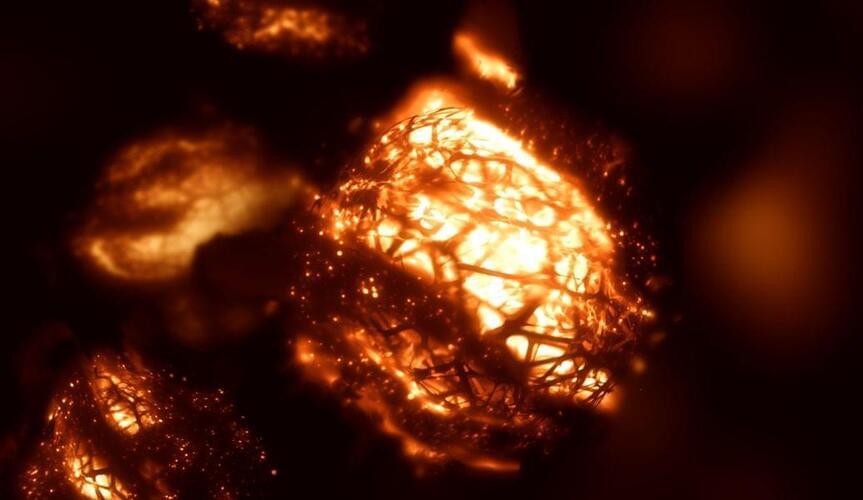

Updated 19 seconds ago.
It appears that a professor from the University of Virginia has figured out how to construct a freeze gun, similar to the one wielded by Batman‘s adversary, Mr. Freeze, in the 1997 movie Batman and Robin. According to Futurism, however, the professor’s discovery is not meant to be used to create a weapon. The goal of Patrick Hopkins, a professor in mechanical and aerospace engineering, is to develop on-demand surface cooling systems for electronics in spacecraft and high-altitude jets.
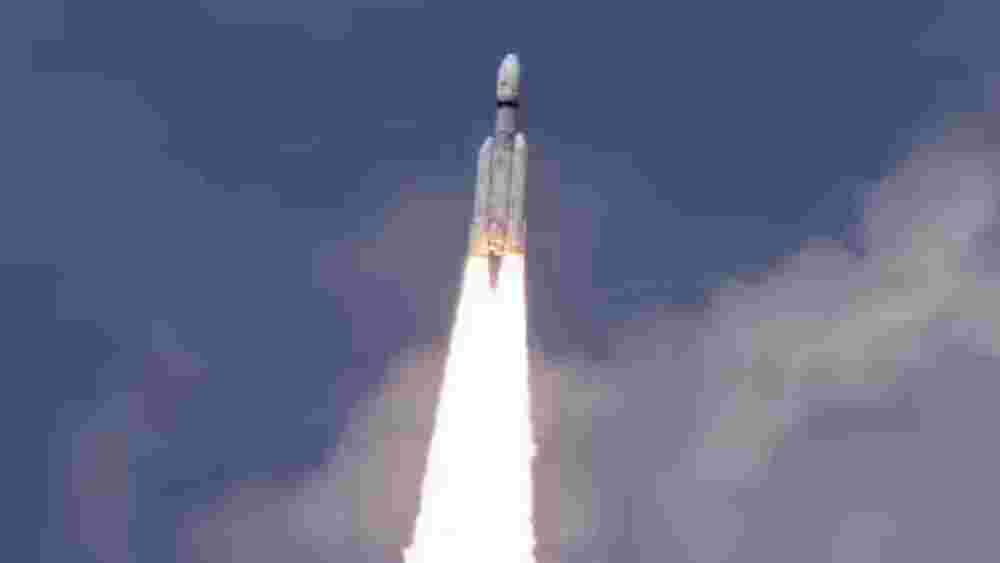
India’s third moon mission’s spacecraft, Chandrayaan-3, is one step closer to a lunar landing after the Indian Space Research Organisation (ISRO), announced that it has successfully entered the moon’s orbit, on Saturday (August 5).
ISRO’s Chandrayaan-3 mission update.
The announcement was made by the Indian space agency on X, formerly known as Twitter where it wrote: “‘MOX, ISTRAC, this is Chandrayaan-3. I am feeling lunar gravity’. Chandrayaan-3 has been successfully inserted into the lunar orbit.”
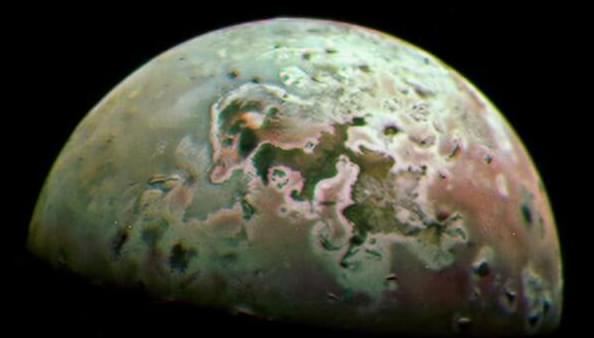
NASA’s Juno spacecraft captured this close view of Io on its 53rd orbit around Jupiter. Credit: NASA / JPL-Caltech / SwRI / MSSS / Thomas Thomopoulos (CC BY 3.0)
Want more science and tech news delivered straight to your inbox? Sign up for Mashable’s Light Speed newsletter today.
Juno’s orbit around Jupiter will bring it even closer to Io. By year’s end, in late December, the spacecraft will make its closest pass by Io (with another in early 2024).